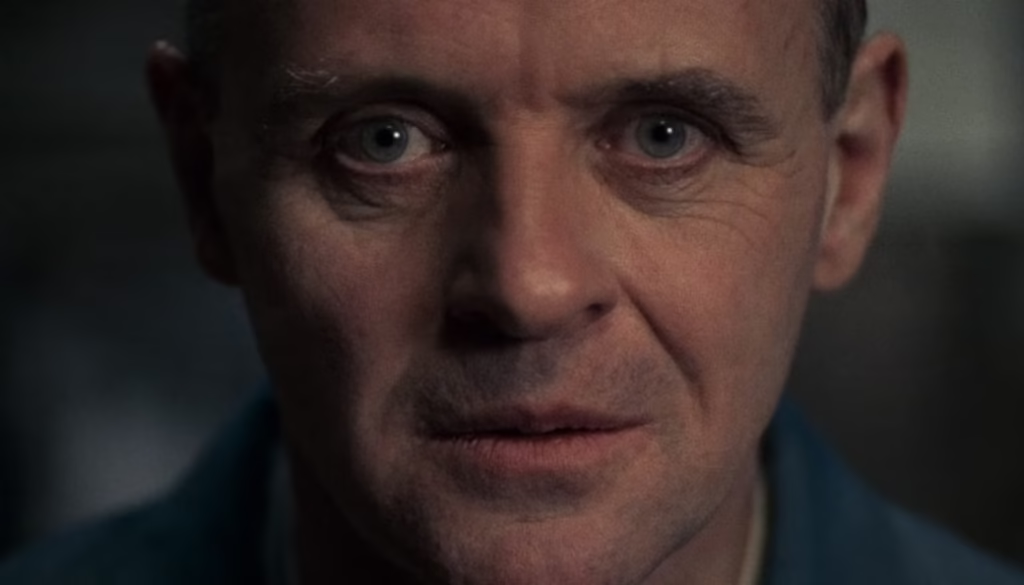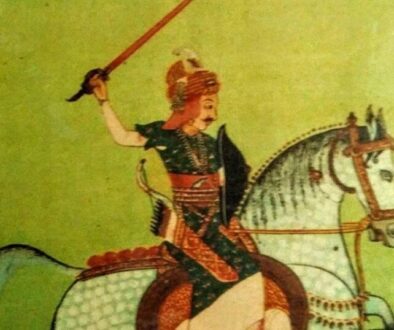Literary Evolution of Psychological Thrillers
Hey everyone! It’s Pixie Quill with another new blog. Am I a bit late? Well well well sorryyyyyy 🙁 Oh since this is a Thriller Week, I’m going to talk about the Literary Evolution of Psychology thriller from the early 19th century till today. So, Let’s Get started:
The psychological thriller genre has undergone a fascinating evolution, reflecting societal changes, literary trends, and shifts in human understanding of the mind. From the works of Edgar Allan Poe in the 19th century to the intricate plots of Jeffrey Archer in the present day, each era has added its unique touch to this genre, blending suspense, psychology, and intricate narratives to captivate audiences.
Edgar Allan Poe and the Birth of the Psychological Thriller
Edgar Allan Poe is often regarded as one of the pioneers of psychological thrillers. His works, such as “The Tell-Tale Heart” and “The Fall of the House of Usher,” delve deep into the human psyche, exploring themes of guilt, madness, and the unreliability of perception. In “The Tell-Tale Heart,” Poe’s narrator insists on their sanity while confessing to a heinous murder, only to be undone by their own guilt:
“It is the beating of his hideous heart!”
This quote symbolizes the overpowering force of conscience and the inescapable nature of guilt. Poe’s use of unreliable narrators and vivid descriptions of mental anguish set a foundation for the genre, emphasizing the internal conflicts that drive individuals to extreme actions.
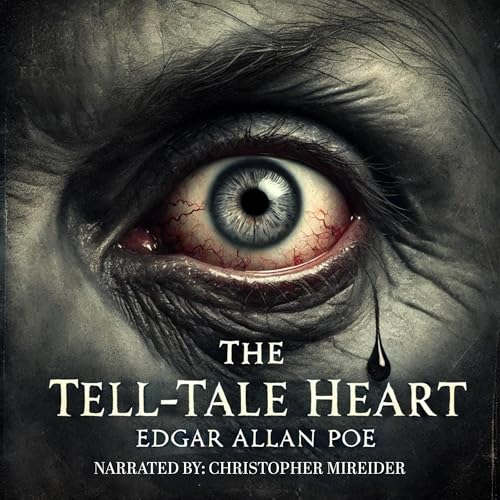
Agatha Christie and the Golden Age of Mysteries
The early 20th century saw the rise of Agatha Christie, whose works added layers of intellectual complexity to the psychological thriller. While Christie is best known for her detective novels, many of her stories, such as “And Then There Were None,” explore psychological tension and moral ambiguity. In this novel, ten individuals are lured to an isolated island and systematically killed, with the killer exploiting their hidden fears and guilty pasts. The poem that guides the murders, “Ten Little Soldiers,” acts as a chilling metaphor for fate and inevitability:
“One chopped himself in halves, and then there were six.”
Christie’s ability to weave suspense with psychological insight made her a master of her craft. Her works reflect themes of justice, retribution, and the fragility of human morality, marking a shift from Gothic introspection to structured, cerebral storytelling.
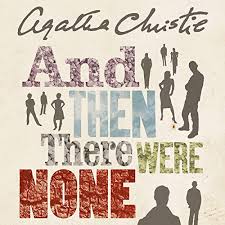
Mid-20th Century: Alfred Hitchcock and Patricia Highsmith
The mid-20th century brought a cinematic flair to psychological thrillers, with Alfred Hitchcock’s films and Patricia Highsmith’s novels leading the charge. Hitchcock’s “Psycho” (1960) and Highsmith’s “The Talented Mr. Ripley” (1955) showcased morally ambiguous characters and the darker aspects of human nature. Highsmith’s protagonist, Tom Ripley, embodies the concept of the anti-hero, manipulating his way through life with charm and cunning.
Ripley’s musings reflect his internal justifications for his actions:
“I always thought it was better to be a fake somebody than a real nobody.”
These works delve into themes of identity, obsession, and amorality, resonating with a post-war society grappling with existential crises and shifting cultural norms. Hitchcock’s use of visual storytelling and Highsmith’s morally complex characters helped bridge the gap between literature and film, expanding the reach and impact of psychological thrillers.
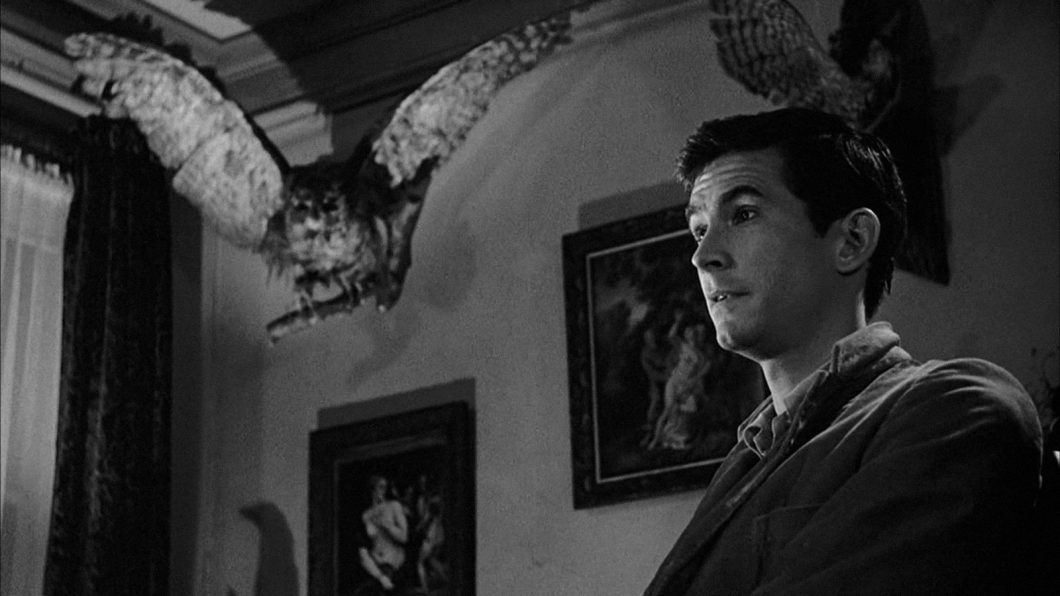
The Late 20th Century: Stephen King and Thomas Harris
The late 20th century saw the psychological thriller evolve into darker and more visceral territories. Stephen King’s “Misery” (1987) and Thomas Harris’s “The Silence of the Lambs” (1988) introduced audiences to characters who were both terrifying and deeply human. King’s Annie Wilkes, a deranged fan holding an author captive, represents obsessive fandom and the thin line between admiration and possession.
Harris’s Hannibal Lecter, on the other hand, is a chilling blend of intellect and savagery. His dialogue in “The Silence of the Lambs” reveals his duality:
“I ate his liver with some fava beans and a nice Chianti.”
These authors pushed the boundaries of the genre by incorporating elements of horror and exploring the darkest corners of human behavior. Themes of control, survival, and the predator-prey dynamic became central, mirroring societal fears of crime and psychopathy.
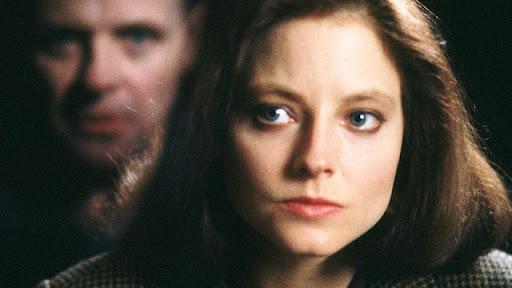
Contemporary Thrillers: Gillian Flynn, Paula Hawkins, and Jeffrey Archer
In the 21st century, psychological thrillers have become more introspective and nuanced, often focusing on domestic settings and personal relationships. Gillian Flynn’s “Gone Girl” (2012) and Paula Hawkins’s “The Girl on the Train” (2015) exemplify this trend, with unreliable narrators and intricate plots that explore themes of trust, deception, and identity.
In “Gone Girl,” Amy Dunne’s meticulous planning and chilling monologues expose societal pressures and the performative aspects of relationships:
“I’m the bitch who makes you a man.”
Jeffrey Archer’s works, such as “Kane and Abel” and “Heads You Win,” offer a different angle, blending psychological depth with intricate narratives of ambition, betrayal, and power dynamics. Archer’s characters often grapple with moral dilemmas, reflecting the complexities of modern society.
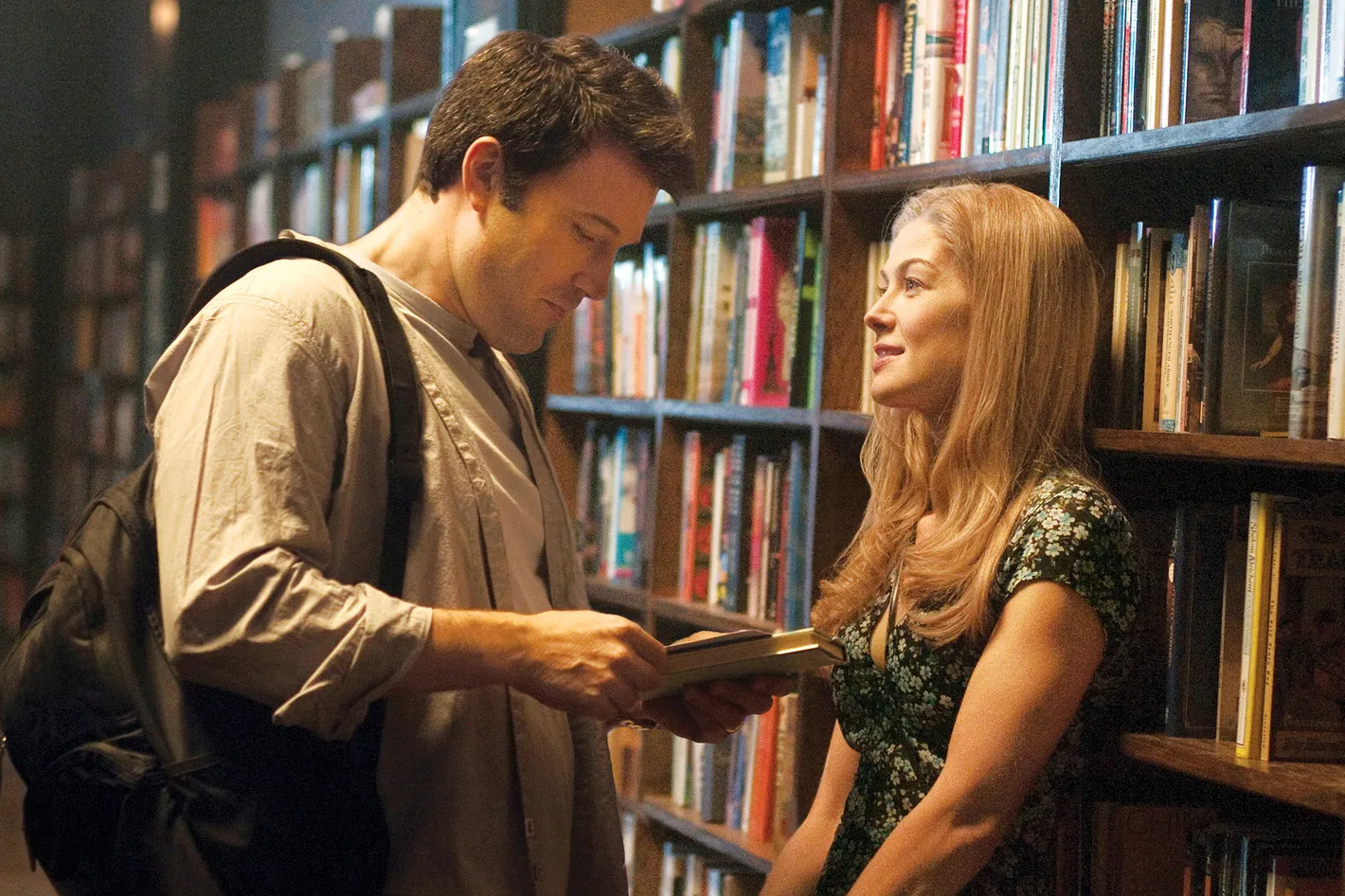
Thematic Evolution and Symbolism
Across these eras, psychological thrillers have evolved from Gothic explorations of madness to contemporary tales of domestic intrigue. Key themes include:
1. Guilt and Conscience: From Poe’s tormented narrators to Flynn’s manipulative characters, guilt often serves as a driving force.
2. Identity and Obsession: Highsmith’s Ripley and Hawkins’s Rachel embody the struggles of self-perception and fixation.
3. Power and Control: Harris’s Lecter and King’s Wilkes illustrate the dynamics of dominance and submission.
4. Societal Reflection: Christie’s structured mysteries and Flynn’s domestic thrillers mirror societal changes and anxieties.
Metaphors and symbols have also played a significant role, from the “beating heart” in Poe’s works to the recurring imagery of trains in Hawkins’s novel, representing journeys and the inescapability of one’s past.
So, we can conclude that the psychological thriller genre has continually adapted to reflect the complexities of human nature and societal shifts. From the Gothic tales of Poe to the intricate modern narratives of Flynn and Archer, these stories captivate us by peeling back the layers of the human psyche. As the genre continues to evolve, it remains a powerful medium for
exploring the depths of fear, ambition, and morality, offering readers and viewers a mirror to their own minds.
